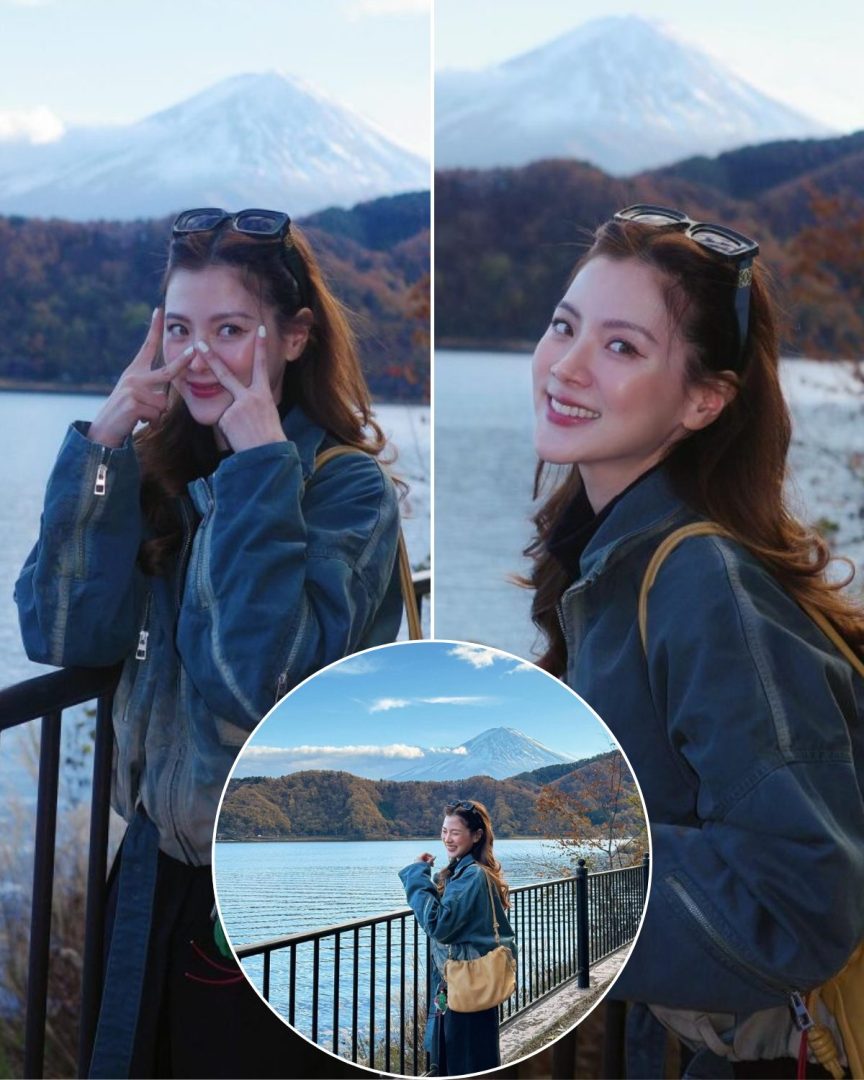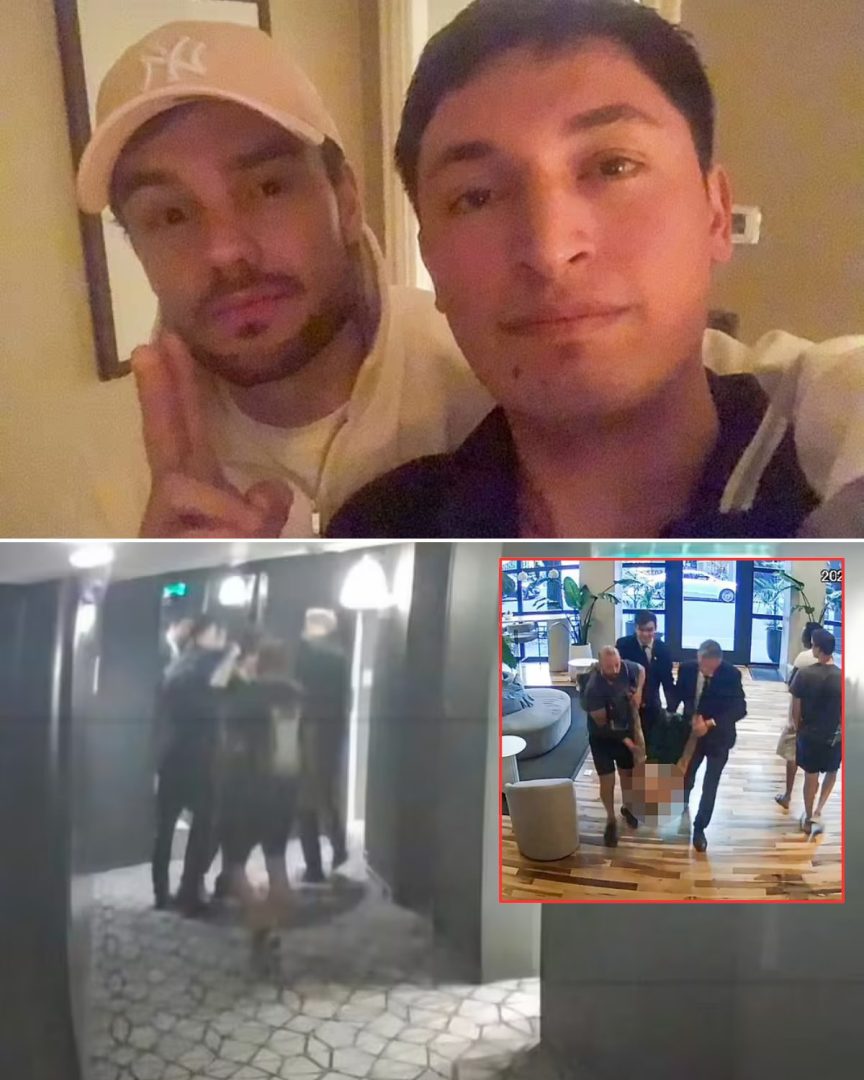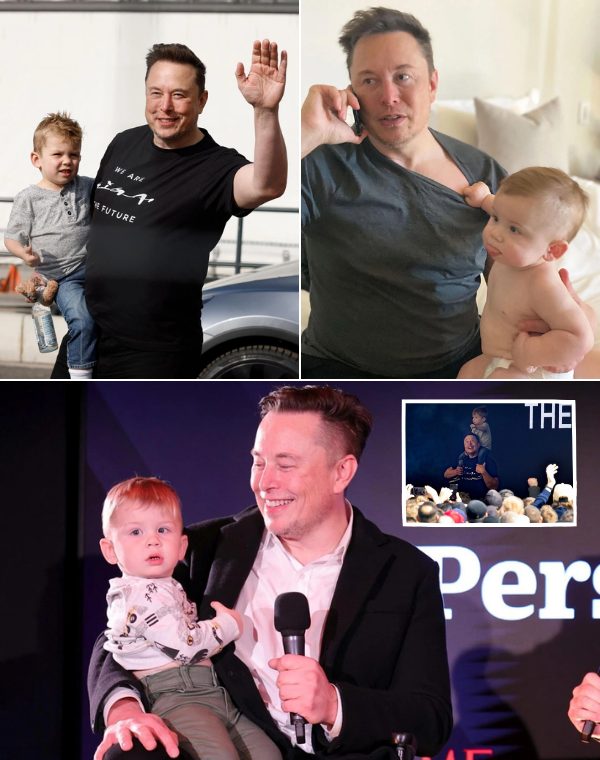What a year it’s been for the Oscar winners. Fresh from his success with the Holocaust drama The Zone of Interest, Jonathan Glazer delivered an austere deconstruction of Shakespeare starring Scarlett Johansson. In early May, we saw the latest amuse bouche from Wes Anderson, featuring Jason Schwartzman, Rupert Friend and Anderson himself as a trio of eccentric mountaineers stuck up Mont Blanc in a blizzard.
Meanwhile, Martin Scorsese premiered a biting celebrity satire starring Timothée Chalamet. Greeted with relief by critics who fidgeted through all three-and-a-half hours of Killers of the Flower Moon waiting for a bathroom break, Scorsese’s new film clocked in at a brisk 90 seconds.
That these were not feature-length movies but adverts for luxury brands – Prada bags, Montblanc pens and a Chanel fragrance – you wouldn’t have guessed from the months of interviews, teaser images and behind-the-scenes videos that accompanied their release. Chalamet even declared his collaboration with Scorsese ‘one of the highest honours, if not the highest honour, of my career’.
He may not have been exaggerating. Where once, an advertising contract for a movie star contained clauses forbidding its use anywhere but far-off Asia, these days, it’s not just part of the job, it is the job. The 28-year-old Chalamet was reportedly paid $35 million to promote Bleu de Chanel – more than the salary for every film of his up to this point in his career combined, including Wonka ($8 million), Dune ($2 million) and Dune: Part Two ($3 million). And the ads themselves are different. Witty, self-conscious and meta, they are more like mini-movies. Stumble upon the recent Loewe advert with Aubrey Plaza and Dan Levy, or Ryan Gosling’s for Tag Heuer – both sharply scripted comedy skits – and you might easily imagine you had arrived late to the main feature.
‘People want stories,’ says Eva Vik, the 33-year-old Czech director who was approached by luxury fashion house Bulgari to shoot a short film featuring snakes, a signature motif for the brand. The resulting 10-minute body-horror flick, Serpentine, was selected for the 2022 Tribeca Film Festival and nominated for a clutch of awards. ‘People aren’t so gullible any more, because the world is filled with content, whether it’s comedy or clips or skits – this is where we are now,’ says Vik. ‘The fashion houses have realised that people want stories aside from the usual pretty imagery. You can touch a nerve in the audience, which they’ve never touched before.
‘That’s why the blending of fashion and film has become the norm,’ she continues. ‘It’s them basically saying, “Hey guys, we want to empower filmmakers to go and tell their stories.” And that’s more powerful than [having] a necklace in every shot.’

If the line between being advertised to and being entertained has never been so hard to distinguish, that may be because fashion and film have never been closer. What Vanessa Friedman, fashion critic of The New York Times, terms ‘the red-carpet economy’ goes way beyond the red carpet these days, and now extends to all the galas, talks and dinners held at major film festivals by the big fashion houses – Chanel at Tribeca, the luxury group Kering at Cannes, and Prada at Venice – and even to the production of the films that are shown there.
Earlier this year, the fashion conglomerate LVMH announced the creation of its own entertainment division called 22 Montaigne (the group’s Paris address). Its purpose is to develop, produce and finance films and television series spun from LVMH brands, which include Louis Vuitton, Christian Dior and Tiffany & Co. In fact, it follows similar production arms at Nike, and Saint Laurent, where creative director Anthony Vaccarello has set up Saint Laurent Productions to collaborate with feted directors – which, so far, have included David Cronenberg and Jim Jarmusch. LVMH’s great rival Kering owns Saint Laurent – pitting the two multibillion-dollar French luxury goods groups against each other in the world of movies, as well as every other category one can think of (clothes, perfume, watches, wine).
Welcome to the age of luxury entertainment, where films are funded by fashion houses – and designers just want to make it in the movies.
‘Anthony [Vaccarello] really, really wants to produce,’ says Tim Blanks, editor-at-large at The Business of Fashion, who has tracked the 42-year-old Belgian-Italian’s career since he first dazzled with work for Fendi and Versace. ‘I think this is all about the next stage of his life. That’s how he sees the future.’
Vaccarello’s boss, Saint Laurent CEO and vice-president of Kering Francesca Bellettini, has pronounced herself delighted with the results of his recent foray into movies – with not one but three films in competition at Cannes this year, including Cronenberg’s The Shrouds, Paolo Sorrentino’s Parthenope and Jacques Audiard’s Emelia Pérez, which took home the award for best actress and won the Jury Prize.
This marks a seismic shift in the relationship between fashion and film, which have, in a sense, swapped places. When Hubert de Givenchy introduced his perfume L’Interdit to the world in 1957, Audrey Hepburn was its face because he originally made it for her, not because she was paid. The movies were the popular art form extraordinaire, and luxury houses the province of the jet-setting elite. These days, the opposite is very nearly true. Fashion is the pop-cultural juggernaut with global reach, and theatrical film the embattled, niche pursuit.
‘Wake up and smell the coffee, as they say, because the world is not even remotely the same place,’ says Mike Figgis, the Oscar-nominated director of Leaving Las Vegas. He has recently returned from Cannes, where he was filming a fly-on-the-wall documentary about the making of Megalopolis, Francis Ford Coppola’s long-gestating passion project about the end of the American empire, made with $120 million of the director’s own money, from the sale of vineyards.

Despite being the first feature film in more than a decade from the director of The Godfather and Apocalypse Now, Megalopolis struggled to secure a distributor in Hollywood, and only found one after Coppola reportedly offered to put up more money to pay for the marketing costs. ‘Most of the technicians have taken out second mortgages to make it,’ says Figgis. ‘Cinema has very quickly become, and will become more so, an expensive niche activity. [If] you want to go to the cinema with your kids, start saving. It’s not cheap.’
The strength of the luxury brands, on the other hand, was demonstrated by a recent sojourn in South Korea where Figgis has been attempting to set up a film exploring the ‘dark side’ of the K-pop explosion. ‘The hardest thing about making a film with the actors that you want in South Korea is that if they are successful, they come with a fashion brand attached, and [there’s] inevitably a skincare [product] or something like that.
‘So if your script is a little bit ragged or a little bit, let’s say, funky, it’s not the agent or the actor that’s going to say no – it’s the fashion brand who controls their image. They make so much more from their fashion brand than they ever would from a movie.’

This shift in the power dynamics has been felt even in Hollywood, where the grumbling of the costume designers can already be heard in the cafés and vintage shops. ‘A lot of the costume designers complain because they don’t get to do their job of creating characters any more,’ says Anne Thompson, author of The $11 Billion Year: From Sundance to the Oscars, an Inside Look at the Changing Hollywood System. ‘They have to put their movie stars in clothes from these fashion houses, like Chanel or Armani.’ Thompson points to the talent agencies like CAA – which sold a majority stake last year to the investment firm of François-Henri Pinault, fashion billionaire and CEO of Kering – as prime movers in many of these deals.
‘A lot of this is driven by the agencies trying to get work for their clients,’ says Thompson. ‘The agencies get a cut, so it’s good for all their people. They are the ones who put these packages of films and shorts together. They need investors, so they’ve turned to one of the places where there is a lot of money – which is fashion.’
Others feel like the investment from fashion houses represents a welcome, if not vital, source of funding for an industry that grows more difficult by the day. ‘This was a real relief, like a weight off me, to have this kind of support, I must say,’ says the American director Jim Jarmusch, whose new film, Father, Mother, Sister, Brother, starring Adam Driver, Cate Blanchett and Tom Waits among others, is the latest to benefit from Saint Laurent backing.

‘I never do anything without complete artistic control. I always have [the] final cut, but that gets harder and harder. I will call my films handmade films. They’re not big-budget films. They have great casts and wonderful, incredible people that I collaborate with on all levels, but they’re not big commercial entities. So it’s getting rough out there. It seems like each film I make, it gets harder.’
Jarmusch had already shot an ethereal nine-minute short called French Water featuring Charlotte Gainsbourg, Julianne Moore and Chloë Sevigny for Saint Laurent, which doubled as a showcase for the brand’s spring/summer 2021 collection, when he was approached at the 2023 Cannes Film Festival and told that Vaccarello was interested in getting into feature production.
Jarmusch was asked whether he would consider working with the brand if he had any ideas for his next full-length feature. ‘I’m very detail-oriented, so that was a very important aspect of us being able to make the film together,’ says the director, who worked with his long-time costume designer, Catherine George, on all of the characters’ looks, some of whom were very elegantly attired; others, like Tom Waits’ character, were dressed down in a hoodie and pyjama bottoms, or in black jeans and leather jackets.
‘I’m such a detail freak about every prop, location, everything, and clothes are extremely important to me in defining the world of the film that I make. So at the very beginning we said, “The clothes have to define the characters. How does Saint Laurent feel about that?” because the characters are not wearing off-the-rack things from Saint Laurent necessarily.
‘We were given a range of options, and suggestions that they would even make things for us based on previous collections, or things we liked. So it was always about the characters and never about Saint Laurent pushing any kind of thing on us. Even to the specific shade of red that I needed. They responded by saying “OK” and creating it.’

In return, Vaccarello will enjoy the perks that a producing partner usually enjoys, like a say in the film’s release, plus a few that they don’t, like the opportunity to dress the film’s stars at premieres (prior brand commitments permitting). These partnerships may even come without the usual financial frets that strain many director-producer relationships. No one at Saint Laurent seems overly concerned about the commercial payback of the films they are helping to fund – their preference thus far has been for already established lower-budget auteurs, working for love more than money – which makes you wonder whether the expenditure isn’t considered part of the brand’s marketing budget, but part of their broader outreach to the arts world.
‘I think designers see it, in part, as a way to legitimise their own role in the creative universe,’ says Vanessa Friedman. ‘Fashion gets positioned as a patron of the arts. You also see fashion brands underwriting the restoration of national monuments in Italy and France. These big luxury brands view themselves as part of the kind of cultural patrimony of European countries, embedded in that cultural landscape, whether it’s film or art.
‘That has been an increasing part of their narrative in the 21st century. But we’re just at the beginning of this much bigger financial investment that fashion is making in film. Ambassadors are one thing, but producing a movie is a whole other thing entirely.
‘When you associate a brand with a creative product that is out of your hands, how does that impact [the brand]? It’s interesting to me that they did the Cronenberg and Emelia Pérez films, both of which are pretty risqué.’

French director Jacques Audiard’s Emelia Pérez is about a Mexican drug lord who transitions from male to female, while Cronenberg’s The Shrouds is about a businessman, played by Vincent Cassell, who likes to imagine himself snuggling with his dead wife’s corpse via a hi-tech camera installed in her grave. We are a long way from Hepburn wearing Givenchy in Funny Face. But then, with directors like Cronenberg and Jarmusch, a certain amount of weirdness is baked into the cake.
It’s a sign of just how far the relationship has come that the fashion world would consider such a collaboration, in which their own presence is so vital – yet so invisible. From a filmmaker’s point of view, the decision would seem to be a no-brainer: in return for funding and creative independence, what’s a request to wear a few frocks at parties?
‘As an artist, I felt very supported and respected,’ says Jarmusch of his Saint Laurent experience. ‘No one was looking over my shoulder, no one ever mentioned demographics or how the film would perform or anything like that. And I always have complete artistic control.
‘I don’t know about the cast, but [the brand] did ask me, if I did promotional things like a big festival, would I be OK with wearing something from Saint Laurent? I said, “Of course.” I have things already. They’ve given me a beautiful suit, a jacket. They’ve given me lovely things. So I’m like, “Yeah, you bet.”’






